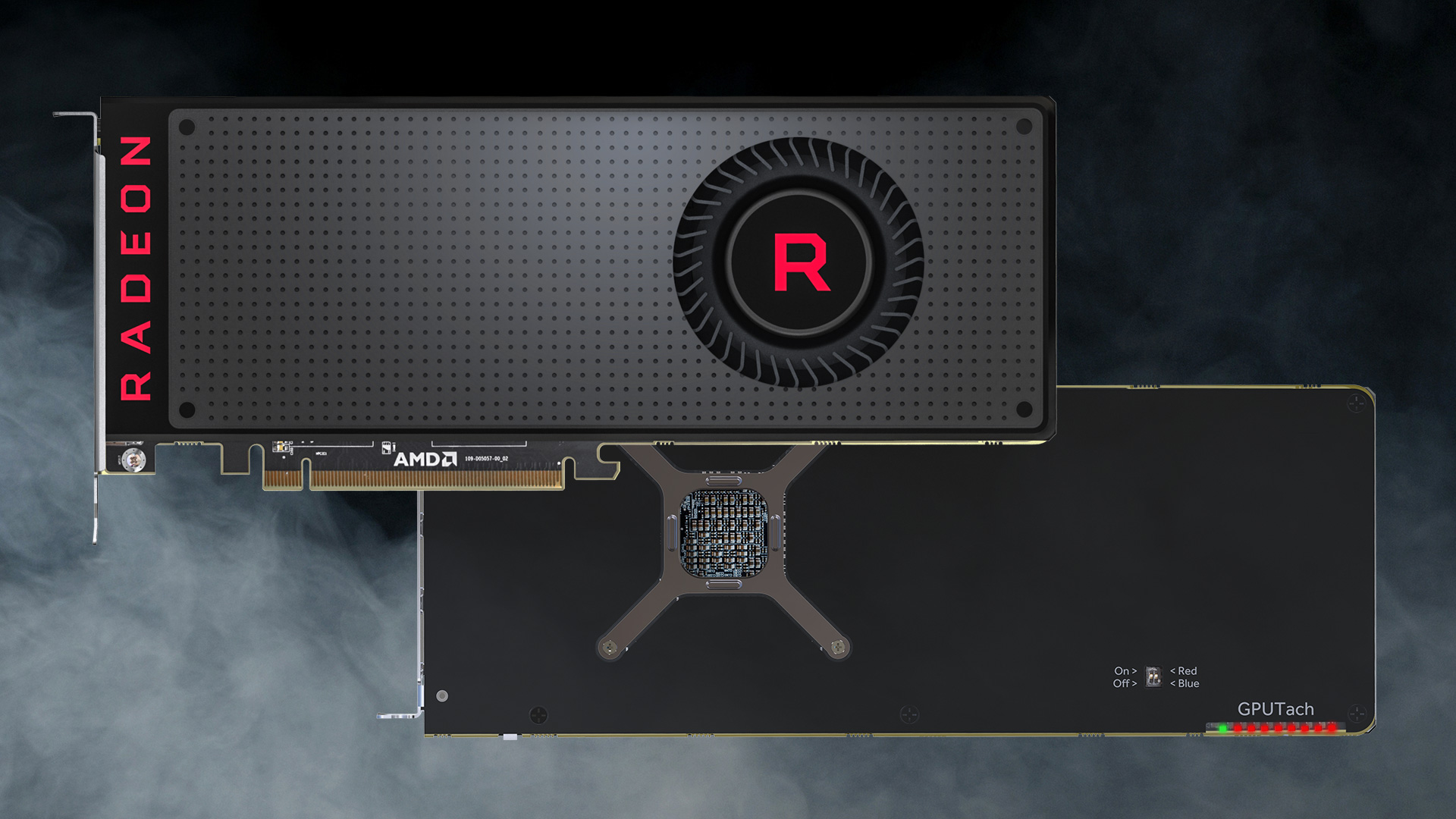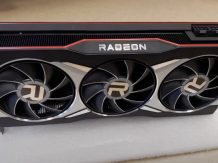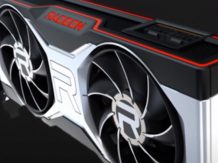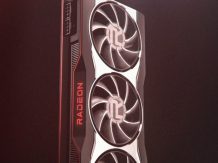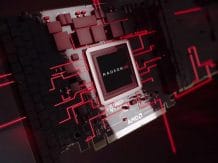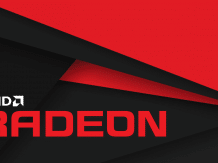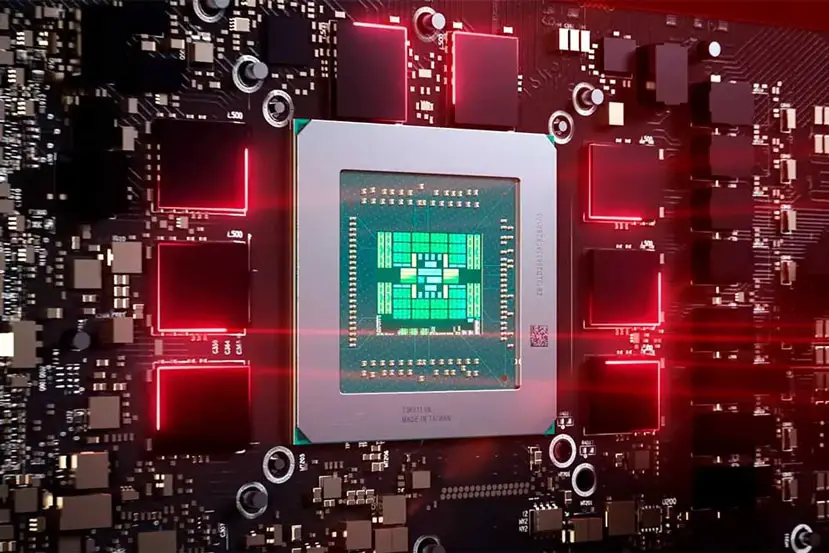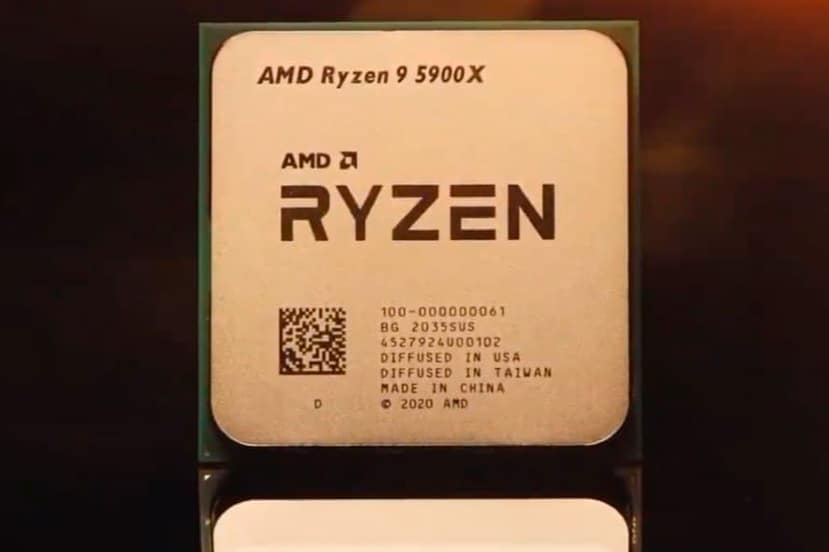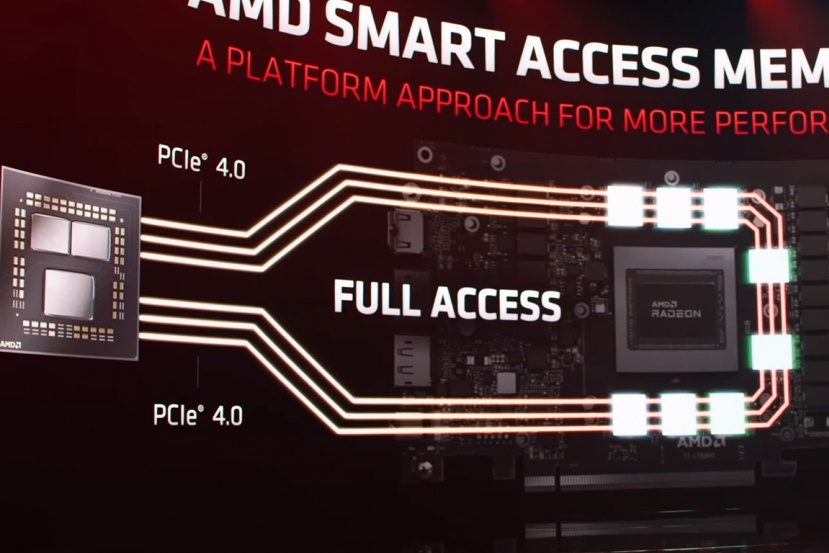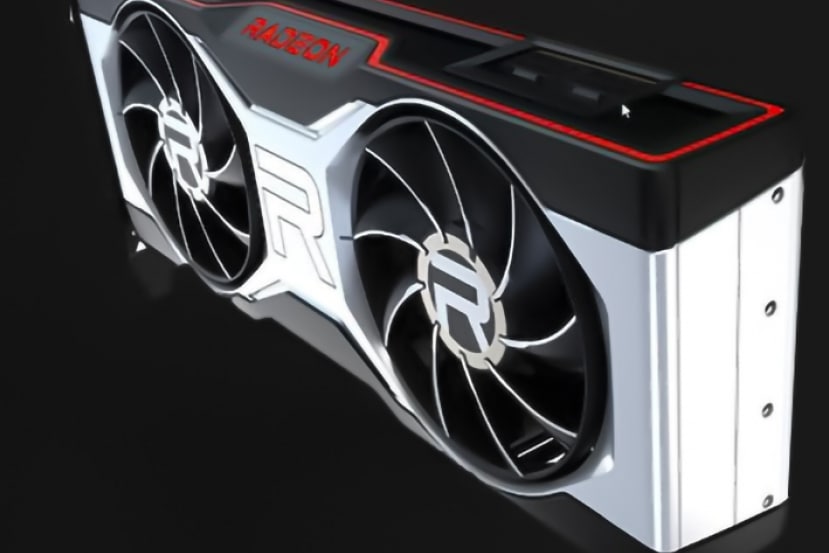Radeon RX Vega 64 Hashrate – The RX Vega 64 video card in the mining sphere was perceived ambiguously, causing a lot of controversies. On the one hand, this is an excellent device for earning promising cryptocurrencies. On the other hand, an unreasonably expensive purchase with a long payback period, which does not provide any particular advantages. In this article, we will consider whether it is worth buying the RX Vega 64 as the best option for mining, and how much profit with a payback period you can count on with this video card in 3-4 quarters of 2018.
Radeon RX Vega 64 Specifications
The video card RX Vega 64 was released already when mining began to gain its popularity. Therefore, it was initially considered not only in terms of gaming performance but also as a choice for the extraction of cryptocurrency. The card was positioned as a competitor to the top NVidia models, although after the recession of the marketing buildup of the market, the opposition of Vega 64 and NVidia GTX 1080 / Ti quickly disappeared, and not in favor of AMD.
Technical characteristics of RX Vega 64:
- The core frequency is 1247 MHz (and 1546 MHz in boost);
- Memory frequency – 1890 MHz;
- Memory capacity – 8 GB;
- Power consumption – 295W.
It should also be noted that the card requires three eight-pin connectors, which can be considered its disadvantage (the Nitro + version requires only two connectors for 8 contacts).
In most cases, the cooling system of the RX Vega 64 is made at a fairly high level. The only exception is the version from Gigabyte, which usually receives more complaints than others. Naturally, the profile of acceleration for mining will be different from the usual or gaming. The optimal ratio of parameters will be the following option, which has already shown its effectiveness:
- Overclocking the core to 1600+ MHz;
- Overclocking memory up to 1100 MHz (2200);
- Downvolt at the level of 23-24%.
This profile is suitable for most cards, although it is better to check the indicators step by step in order to avoid possible trouble. The variant with reduced core frequencies is only suitable for Ethereum (reduction to 1000-1000 MHz), since memory is more important for this cryptocurrency than the core frequency. In general, the video card consumes about 200 watts during downtime and overclocking, which makes it quite “voracious”.
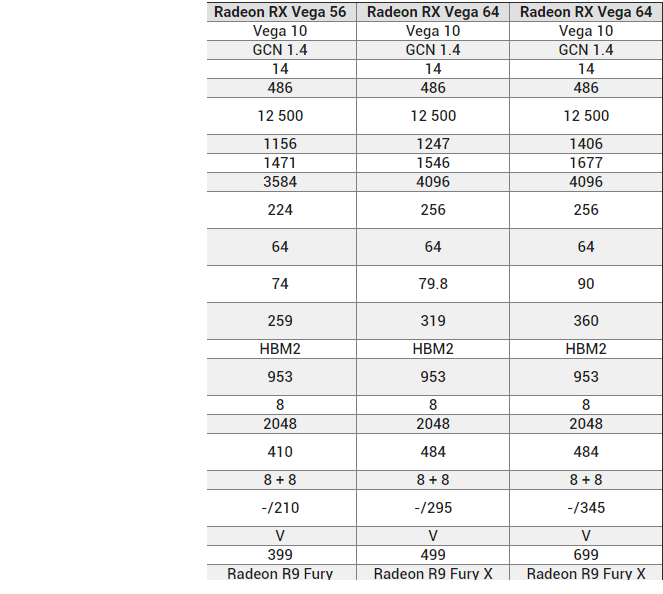
What RX Vega 64 is better for mining?
The question of the manufacturer is always conditional, because most often the price of the device is the decisive criterion. Nevertheless, its priorities for Vega have long been formed in the field of mining. Given the advantages of each model and their current price, the list of priorities will look like this:
- Sapphire Nitro +;
- Powercolor Red Devil;
- Gigabyte Gaming;
- Asus ROG-Strix;
- Msi.

Now a brief analysis of what, how and why. The issue with Nitro + and Sapphire should not even be touched upon, this is the top solution for all AMD cards and in rare exceptions, this was not justified. The price of the model is currently moderate – 57.4 thousand rubles, for which the miners receive high-quality video cards, excellent overclocking and cooling.
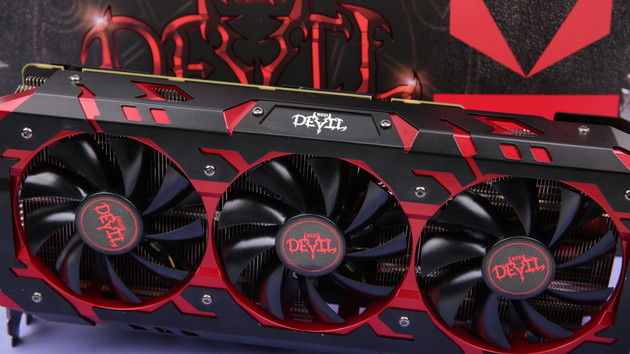
The next option and a direct competitor in the first place is considered Red Devil. Excellent cooling, the highest initial factory overclocking and a very favorable price of 55.3 thousand rubles make this card, if not the best option, then a guaranteed second place.
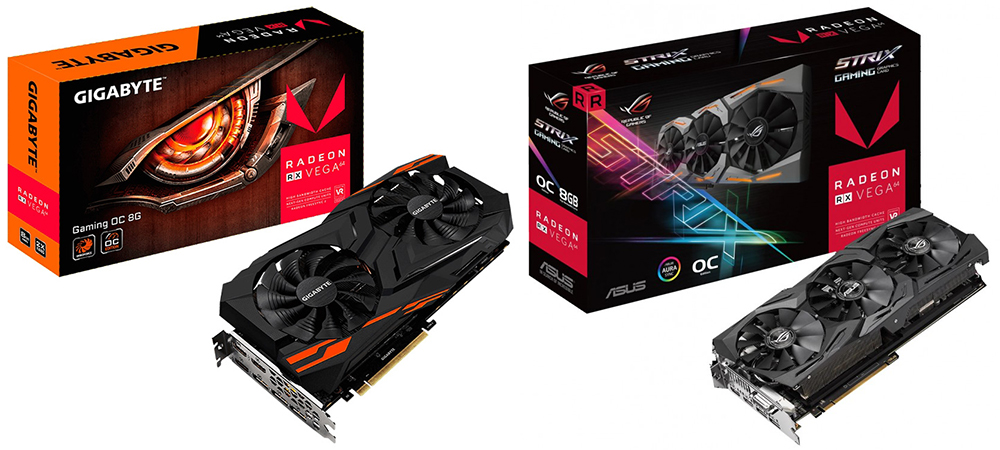
Gigabyte and Asus compete for 3 and 4 place, although both manufacturers have their drawbacks. Asus is the price. RX Vega 64 from this vendor costs 60.2 thousand rubles, although for this price the owners get an excellent card with high-quality cooling and good overclocking (could compete for first places if not for the price). But in the case of this model, Gigabyte decided to save on a lot in order to bribe the miners with the lowest price. The cost of 51.2 thousand rubles is quite excellent for Vega, although the quality of Gigabyte is noticeably inferior to the top three.
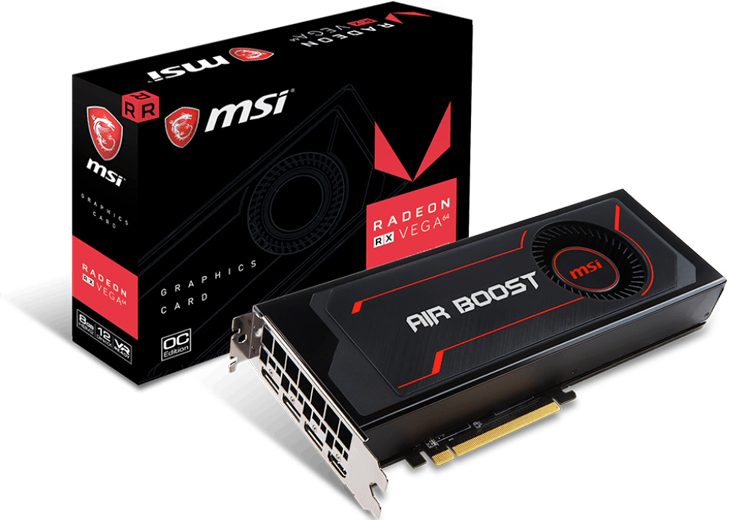
Alas, the MSI solution is inferior to all competitors. The company has released a classic “turbine” with air cooling and the cost of a video card currently is 57.8 thousand rubles. This makes it uncompetitive in front of other vendors. The version with CBO is no longer available, although its price was also too high.
Power and profitability of the RX Vega 64 in mining
Now let’s move on to the main point – the power of the video card when mining cryptocurrency. Already overclocked and properly configured map, with the appropriate drivers, gives the following indicators:
- CryptoNightV7 (Monero) – about 2000 MH / s at 160 watts;
- DaggerHashimoto (Ethereum) – 44-45 MH / s.
It makes no sense to consider mining on other algorithms because under limited GPU mining conditions, only these algorithms allow you to “dig” on the RX Vega 64 with profit.
What amounts can bring this video card in the third quarter of 2018? If you take Ether at the current cost of cryptocurrency (during its subsidence), then Vega will bring about $ 18-19 per month. On the extraction of Monero, the situation is slightly better and at the moment the card brings $ 25-26. When calculating, the average cost of electricity in Moscow was taken; therefore, in regions where the price per kilowatt is less, the situation may change for the better (but not more than by $ 2-3). About a third of the amount goes to pay for electricity, taking into account the “voracity” of the card. NiceHash for this video card gives out and not at all comforting results in the form of $ 13-15 per month.
Payback Period and pricing issue
Today, AMD’s top card costs around $ 800-830. In terms of cost, it is identical to the GTX 1080 Ti, although it doesn’t compare with the latter either in terms of profitability or energy consumption. Also, the NVidia model is significantly superior in performance and popularity in the gaming field, which can have a strong influence if you want to quickly sell a farm or one RX Vega 64.
It is important to compare one “Vega” with the more practical RX 580. At the moment, their price ranges from 22 to 27 thousand rubles for the 8 GB version and 20-21 thousand for 4 GB. Simply put, for the price of a single 64th, you can buy two top-end RX 580, and if you limit yourself to an inexpensive Asus model (8 GB) for 22,000 rubles, then with a small surcharge of 7-9 thousand you can take as many as three video cards. What will it do in terms of power? The top RX 580 with the right settings almost always takes 29-30 MH / s on Ether. If you are not lucky with the memory, which is often the case in “cheap” versions of the RX 580, you can still count on 27-28 MH / s.
Given that the Vega 64 on Ethereum gives out about 44-45 MH / s, the purchase of two RX 580 will look much more profitable on all counts. Moreover, if you prefer to mine on NiceHash, then the RX 64 and 580 will give the same result – $ 13-15. And this is despite the fact that the latter is 2-2.5 times cheaper.
The issue of payback with such a difference in performance will look incorrect, although it is worth considering that with the best performance (Monero) Vega 64 will bring about $ 25 per month. In such conditions (taking into account other expenses on the farm / solo mining), the payback period of one card is just close to the full three years. Such a long payback period is completely disadvantageous not only by the standards of mining, but also from the point of view of any investment. It is worth considering the fact that mining on video cards is going through hard times. In addition, NVidia has already begun to announce a new generation of cards that will significantly change the situation on the market and will make most of the “old” models unprofitable (in terms of price / power ratio).
Conclusion
Unfortunately, the period of popularity and demand for the RX Vega 64 in mining was very short and was more marketing than real. Provided that the price is too high and energy consumption is high, Vega could not surpass a bunch of two RX 580, which even at the peak of the price were cheaper than the 64th one. Today, the card can be recommended for mining only if you got it at a very competitive price (no more than 40 thousand rubles). However, this cannot be attributed to the advantages of the 64th model, because this rule will be relevant to all video cards.
In general, the RX Vega 64 is not the most profitable and even the best choice for a miner, even if it is limited only by AMD cards and Ether / Monero.




